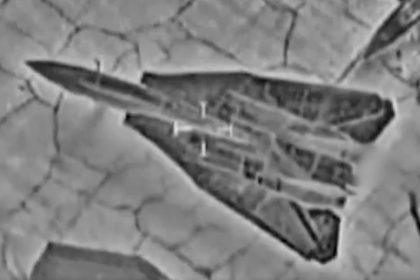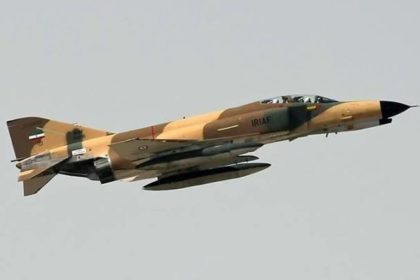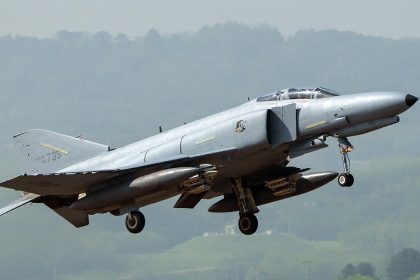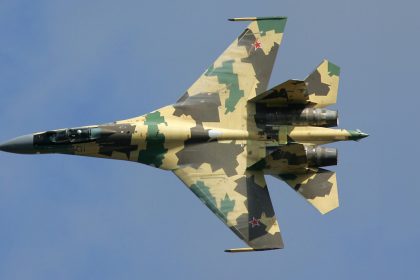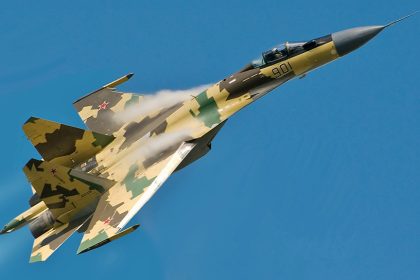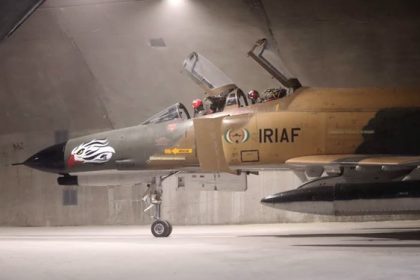Breaking: Footage Shows Israeli Air Force Destroying Iranian F-14 Tomcat Jets
The Israeli Air Force has just released footage showing the destruction of…
US-Iranian National Charged for Attempting to Export Military Aircraft Parts to Iran
This is not the first instance of Iran trying to get parts…
Pharewell Phantom: ROKAF F-4E’s Last Public Appearance Before Retirement
Republic of Korea Air Force Phantoms made their last public appearance at…
Claims Swirl About Imminent Delivery Of First Batch Of Su-35 Flankers To Iran
According to some media reports, the long-awaited delivery of the Su-35S Flankers…
Iran Announces Deal With Russia For Su-35 Fighters
The deal with Russia would include the delivery of Su-35 fighters, Mi-28…
Iran Unveils Underground Air Base For Its F-4 Phantom II fighter jets
The underground base is said to be the first large enough to…

